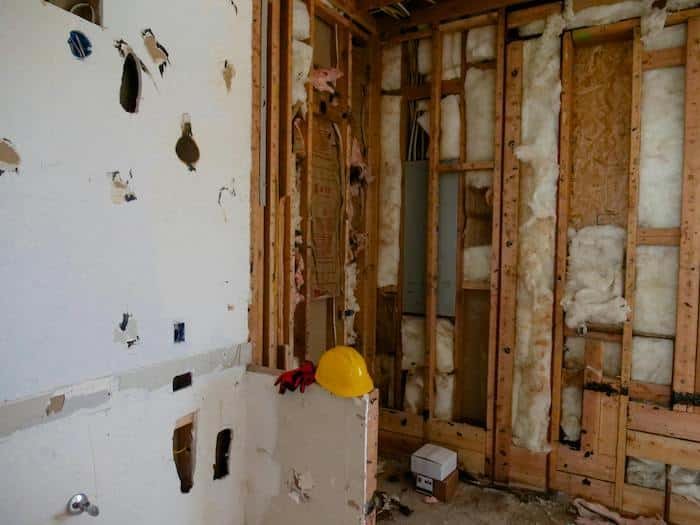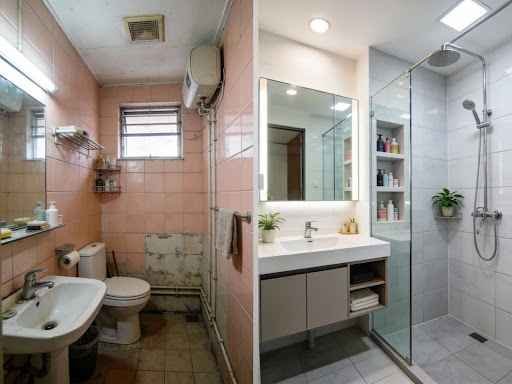Your home’s foundation is the cornerstone of its structural integrity. Over time, wear and tear, environmental conditions, and other factors can cause the foundation to weaken.
Ignoring potential issues may lead to severe damage, costly repairs, and even safety hazards. In this blog, we’ll explore five warning signs that your home might need concrete foundation repair and provide tips on how to delay or prevent further damage.
Cracks in Walls or Floors
One of the most noticeable signs of foundation trouble is the appearance of cracks. These can show up on interior walls, exterior siding, or flooring. While small, hairline cracks are often harmless, larger or growing cracks may indicate underlying foundation issues.
Horizontal cracks, especially, suggest serious movement in the foundation. If you spot cracks, monitor their progression and consult a specialist to assess the need for repairs.
Prevention Tip: Regularly inspect your home’s walls and floors. Address minor cracks with caulking or patching, but seek professional advice for larger or widening ones.
Uneven or Sagging Floors
Have you noticed that certain areas of your floor feel uneven or sagging? This can occur when the foundation shifts, causing the floor joists to misalign. Uneven flooring not only disrupts the aesthetic appeal of your home but can also pose tripping hazards.
Prevention Tip: Use floor levelers or shims to temporarily address uneven areas, but consult a professional to investigate the root cause and avoid long-term damage.
Doors and Windows That Stick
Difficulty in opening or closing doors and windows is often a subtle indicator of foundation problems. Shifting foundations can cause frames to warp, making it harder for doors and windows to function properly. Over time, this issue can lead to gaps that let in moisture.
Prevention Tip: Regularly check the door and window frames for alignment. Adjust hinges or use weatherstripping to minimize immediate impacts while scheduling a professional inspection.
Gaps Around Exterior Windows and Doors
Gaps or separations around your home’s exterior windows and doors are another red flag. These gaps often occur when the foundation settles unevenly, causing the walls to pull apart slightly. Not only does this compromise energy efficiency, but it can also allow pests and moisture to enter your home.
Prevention Tip: Seal gaps with caulking or weatherproof strips. However, this is a temporary fix; addressing the foundation issue is essential to prevent recurring problems.
Water Pooling Around the Foundation
Poor drainage can lead to water pooling around your home’s foundation, which may weaken the structure over time. Persistent moisture can cause soil expansion and contraction, putting undue pressure on the foundation.
Prevention Tip: Ensure that your gutters and downspouts direct water at least five feet away from the foundation. Consider installing a French drain or grading your yard for proper flow.
Bowing or Leaning Walls
If you notice that your basement or exterior walls are bowing or leaning, it’s a sign of significant foundation stress. This problem often stems from hydrostatic pressure caused by excess water in the soil around your home.
Prevention Tip: Waterproof your basement and install wall anchors or braces to stabilize bowing walls temporarily. Consult a foundation expert for a permanent solution.
Expansion Joint Separation
Expansion joints are designed to absorb movement in your home’s structure. However, when these joints start to separate, it’s often a sign that the foundation is shifting unevenly. Left unaddressed, this issue can lead to more severe structural problems.
Prevention Tip: Monitor expansion joints for signs of movement and fill minor separations with flexible sealants. For extensive separation, professional intervention is necessary.
Chimney Tilting or Cracking
A tilting or cracking chimney is a classic indicator of foundation issues. Since chimneys are heavy and sit on a small base, they’re particularly vulnerable to foundation shifts. Ignoring this problem can result in safety hazards and further damage to your home’s structure.
Prevention Tip: Reinforce your chimney with steel brackets or braces to stabilize it temporarily. A professional inspection is crucial to address the underlying foundation issue.
Basement Floor Cracks
Cracks in your basement floor often result from pressure caused by soil movement beneath your home. While not all basement floor cracks are a cause for alarm, those that widen or show vertical displacement should be investigated immediately.
Prevention Tip: Use epoxy or polyurethane injections to seal minor cracks and prevent water infiltration. For more severe cracks, consult a foundation repair specialist.
Foundation Sinking or Settling
If parts of your home appear lower than others, it may indicate foundation sinking or settling. This can occur due to soil erosion, poor compaction during construction, or excessive moisture. Sinking foundations often lead to uneven floors, cracks, and structural instability.
Prevention Tip: Regularly inspect your foundation’s perimeter for signs of sinking. Installing piers or underpinning can help stabilize the foundation and prevent further damage.
Conclusion
Foundation issues can start small but escalate quickly if left unaddressed. Recognizing these five warning signs can help you determine when foundation repair may be necessary.
Remember, your home’s foundation is its backbone. Regular inspections and timely repairs are key to preserving its value and safety. If you suspect your home may need concrete foundation repair, consult a professional to assess the situation and provide a comprehensive solution.
*Sponsored Blog Post







